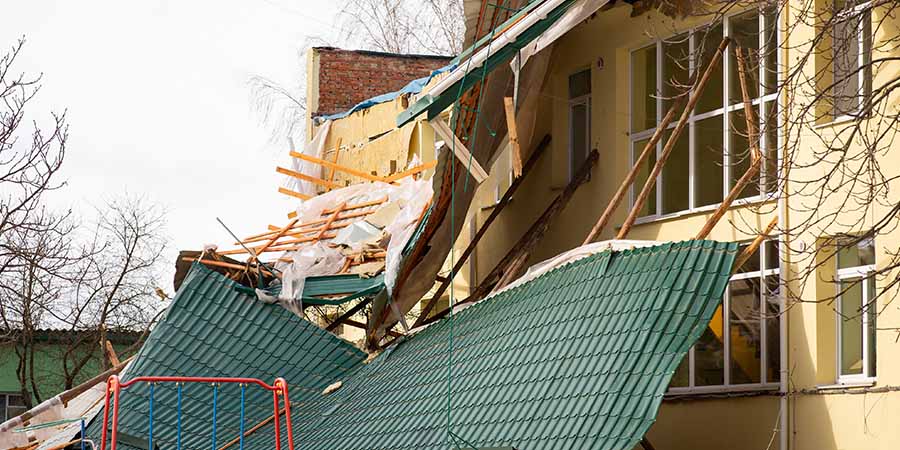 Weather catastrophes, such as hurricanes, tornadoes, and severe storms, are powerful forces of nature that have the potential to cause significant damage to our homes and properties.
Weather catastrophes, such as hurricanes, tornadoes, and severe storms, are powerful forces of nature that have the potential to cause significant damage to our homes and properties.
One of the areas most vulnerable to these extreme weather events is our roofs.
As the first line of defense against the elements, roofs bear the brunt of high winds, hail, heavy rainfall, and snowstorms.
Even fallen trees and flying debris after these disasters also cause severe damage and should be anticipated.
Understanding the causes of roof damage due to weather catastrophes is essential for homeowners and building managers to prepare, protect, and mitigate potential risks.
Roof Damage Caused by Hail
Hailstorm are a mighty force of nature that causes significant roof damage year after year.
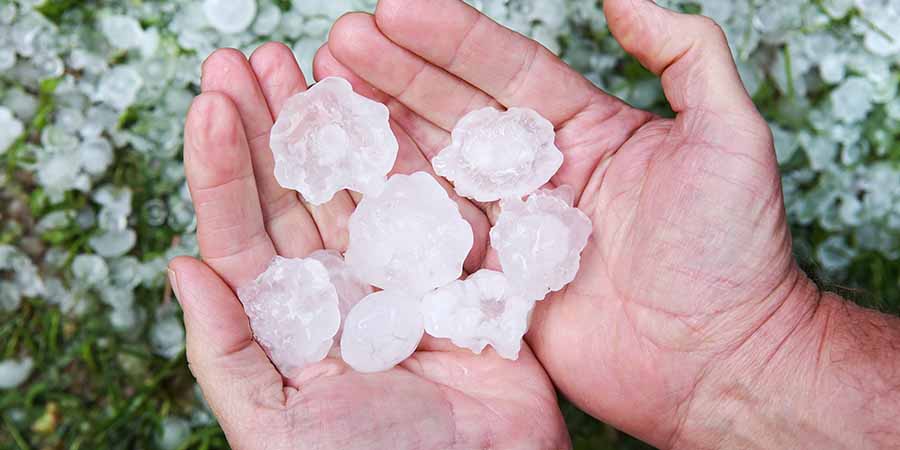
Hailstones can damage our roofs as they pound our roofs, breaking the roofing material into bits and threatening its structural integrity.
Hail Formation and Characteristics
The raindrops are elevated in vertical motions high into the atmosphere of very low temperatures thereby giving rise to hail.
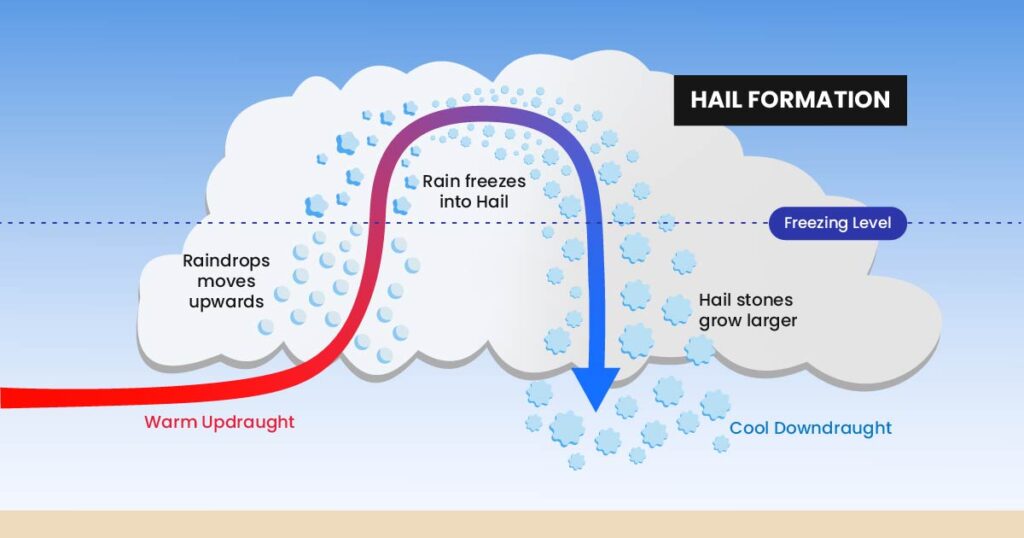
Freezing rains develop when these raindrops come into contact with supercooled water droplets forming layers of ice.
Hailstones are carried around inside the storm adding layers of ice until they get too heavy for the updraft and drop as hail.
Hailstones may come in various sizes but they can measure up to several inches or smaller than that.
Hailstones also cause significant damage when they are large and hit the roofs or other constructions.
Effects of Hail on Roofs
Hail destroys roofs more than any other part of a building and a number of issues influence the depth of damage.
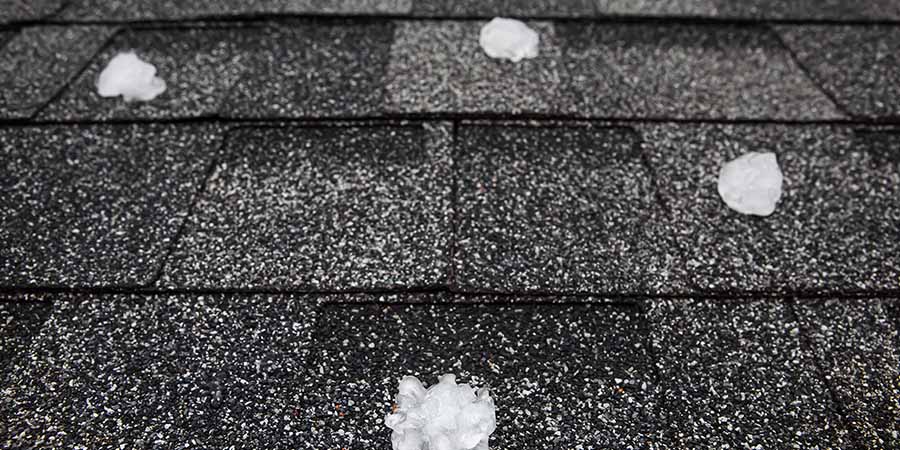
Here are some of the effects of hail on roofs:
Shingle Damage:
The most common house roofing material is asphalt.
When hailstones fall on them, they can form dentations, fracture, and crack.
The force of impact may shake loose or unfasten the granules that make up a protective shingle over time, creating holes in it that are no longer tight for water resistance.
The ruined shingles may eventually damage the roof resulting in leaking due to moisture and additional destruction.
Tile and Slate Damage:
The other dangerous element is hail which can easily crack or break them and other such slate roofing products.
When large hailstones strike these materials, they form fractures, chip off, or in some cases shatter them completely.
The water leakage may result due to this when there is a damaged roof tile or slate which exposes this underlayment.
Gutter and Downspout Damage:
Hailstones may dent gates and create holes in gutters and downspouts during a hailstorm.
Water can cause damage and even prevent full flow resulting in a backup of water causing overflow that may result into rooftop and structural damages.
After a hailstorm, regular inspection and repair of gutters and downspouts is important in order for them to continue functioning efficiently.
Mitigating Hail Damage
To prevent hail damage on your roof, you should take a precautionary approach.
For a start, it is important to make use of impact-resistant roofing items that have been particularly created for resisting hailstorms.
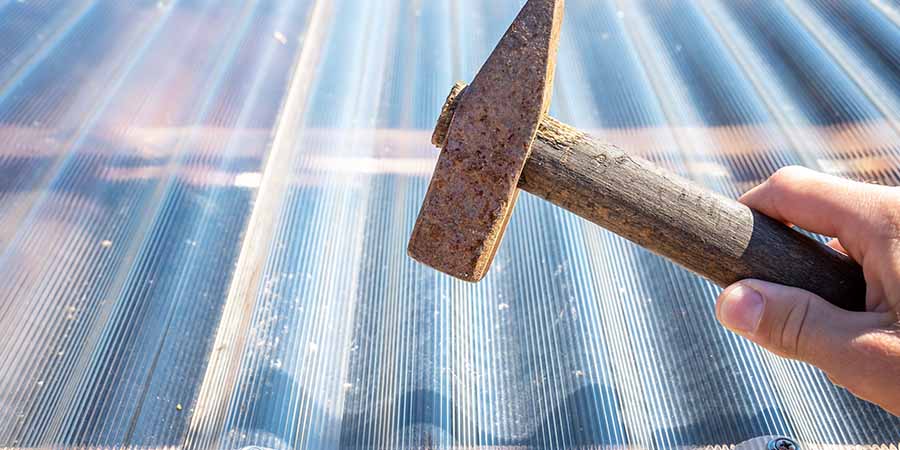
Hail-resistant roofing is also included in those materials that underwent testing with a high rating.
A regular roof inspection should also be done in order to preempt and detect any prior damages or parts of a roof that are susceptible to hail damage.
Timely repairs of unattached shingles and broken tiles will ensure lesser damage in case of a hail storm.
Keeping your roof in good condition also involves regular repairs and replacements of the roofing components including shingles.
This also helps to seal materials together to avoid being blown away by hail.
There are also protective accessories that you can install like hail guards or screens to help protect areas where the impact of a few large hail stones will be damaging for example, around skylights and ventilation openings.
Finally, you should check your insured policy for hail damage cover and take photographs prior to and post-storm to support possible insurance claims.
A smooth restoration and roof replacement depends upon being aware of all that comes under the insurance process.
These initial precautionary measures will go a long way in mitigating risks arising from hail storms as well as ensure a long life cycle and reliability of your roof.
Insurance Considerations
Therefore, homeowners must check their insurance coverage to ensure that it covers hail damages.

Having an understanding of your insurance policy’s requirements such as co-payments and deductibles will be important if there ever be a hail storm.
You should take proper documentation on the state of your roof prior to and after the storm with pictures or videos as supporting evidence for possible insurance compensation.
Roof Damage Caused by Wind Storms
The roof may suffer severe damages as windstorm is very common in many regions.
Severe weather conditions, like hurricane winds, tornadoes and strong storms place a lot of pressure on roofs, causing diverse roof damages.
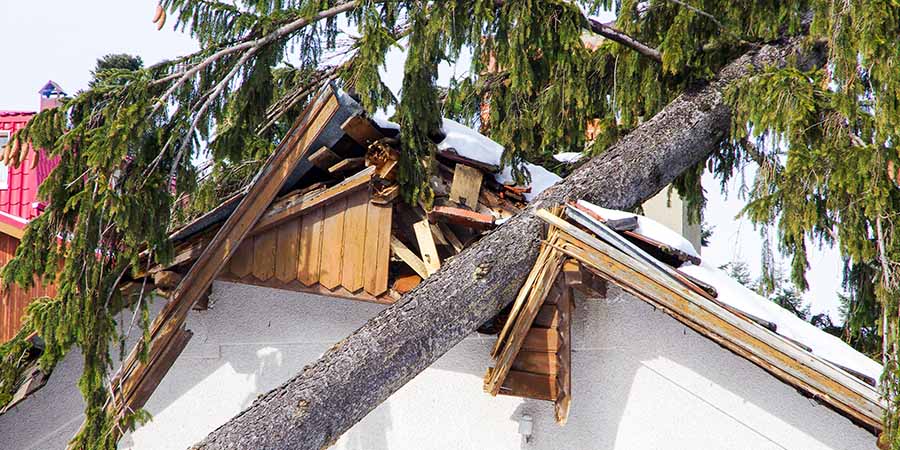
Roof damage resulting from wind storms should matter to homeowners and building managers because they must understand what causes the damage and its impact so as to determine the risks prior to and after roof damage due to wind storms occurs.
This discussion will specifically focus on roof damages from windstorms and possible means of preventing them.
There are different types of wind storms, each with its own unique features and hazards.
These include:
Tornadoes with well-defined eyes and strong spiral winds.
Hurricanes, rotating funnels and strong winds.
Microbursts, local bursts of high-intensity radiation.
Squall lines, long thunderstorms.
Wind blasts, strong downwind.
Understanding these types of weather occurences helps you take appropriate safety precautions and minimize damage.
Wind Forces and Roof Damage
Roofs are exposed to different kinds force during wind storms; hence causing damages on structures.
Here are a few ways in which wind can impact roofs:
Upward Lift:
The resulting strong winds also raise a lifting force that may be powerful enough to uproot shingles or tiles, for example.
The exposed roof could let the water in, resulting into leaking and may even cause structural deterioration and collapsing of the roof.
Suitable fasteners and reinforcement methods in installation may limit upward lift.
Flying Debris:
These powerful winds are capable of making objects such as tree limbs, signs and loose debris become extremely violent projectiles.
Such objects may fall on the roof; result into puncture points, hairline cracks, or total collapse of the same.
Trimming trees that are close to your property, frequently cutting surrounding greenery, and picking up unsecured objects help to minimize likelihood of damages associated with debris during wind storms.
Shear Forces:
However, wind, among other natural hazards can create shear forces that push at the side of the building and pressure its roof upwardly.
Such a force makes roofing materials loose, resulting in up lift and displacement.
Strengthening the roof structure through appropriate bracing techniques can help withstand shear forces and reduce the risk of roof damage.
Effects of Wind Storms on Roofs
Windstorms can cause various roof damages ranging from external to internal members within the structure.
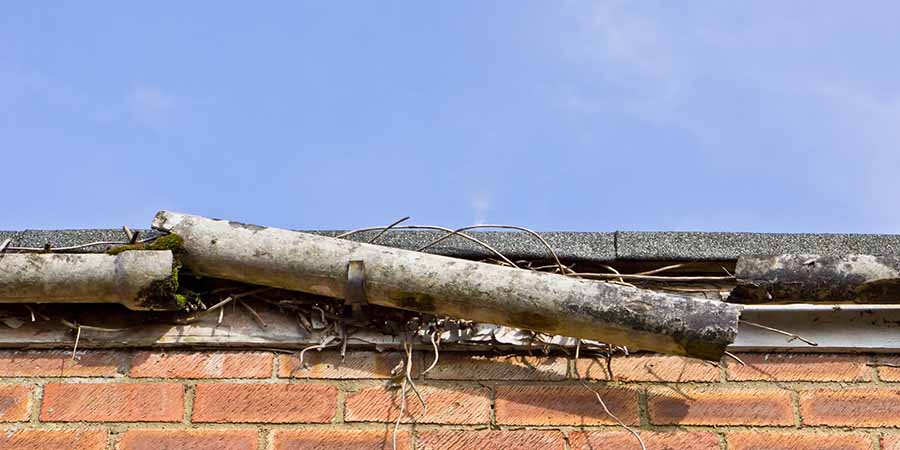
Here are some common effects:
Shingle/Tiles Damage:
Strong winds can make shingles lift, break, and even fall off.
First, this is an eye sore that renders the roof vulnerable to water leakage.
After a wind storm, inspecting and repairing damaged or missing shingles or tiles are important in keeping the integrity of the roof.
Roof Membrane Damage:
On low-level or flat roofs, wind can cause the roofing membrane to become cracked or detached.
Leak, rot, water damage, and many other problems arise as soon as the wall becomes vulnerable and wet, since water can penetrate the building structure through a damaged membrane.
Membrane damage and other issues can be avoided through regular inspection and prompt repairing.
Gutter and Flashing Damage:
Gutters and flashings can also be affected by high winds – these are important components that help drain the water from the roof and of a structure.
Water leakage and erosion can take place due to the occurrence of damaged or disengaged gutters together with flashings compromising its total efficiency.
Gutters and flashings should therefore be regularly maintained and repaired, so as to make sure that water flows properly and does not lead to water-related damages.
Mitigating Wind-Related Roof Damage
In order to alleviate roof damage that is brought about with the help of wind storm, certain preventive procedures should be taken into consideration.
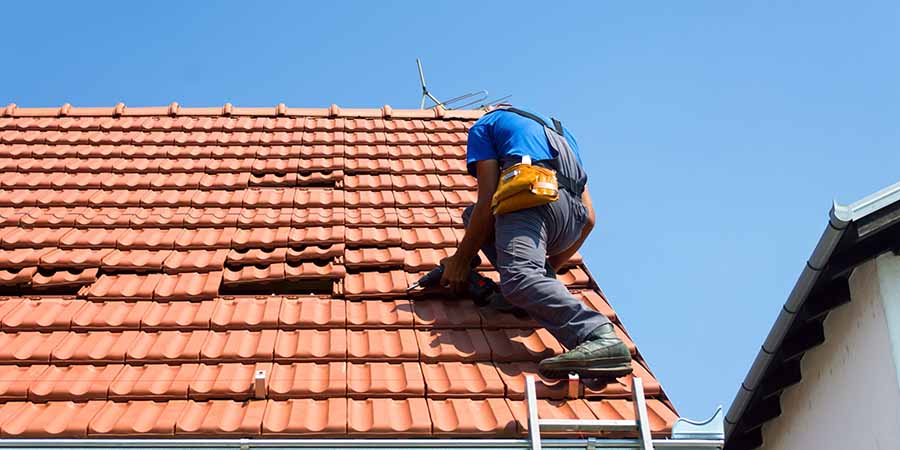
Roofing materials like as shingles and tiles should be secured through appropriate installation procedures and reinforced to avoid uplifting or disengagement in hurricanes.
Bracing as well as additional support for roof shear walls can be improved to enhance strengthened roof structures in windstorm-prone areas.
Identifying current damage or exposures to the roof for further deterioration should be checked during regular roof inspections and maintenance services before wind storms.
Such prompt maintenance activities as the repairing, replacing of timely shingles, sealing, and gutter cleaning help to keep the roof intact and make it more wind resistant.
Also, taking pre-storm precautions such as tying down any loose items, trimming trees, and clearing away any debris will reduce the chance of blowing debris affecting the roof.
Therefore, taking such preventive steps helps in minimizing such dangers associated with the wind damage roofs, leading to safe, durable roofs for owners and managers.
Roof Damage Caused by Ice Dams
It is worth noting that ice dams are perhaps the largest and deadliest consequence of winter weather related to roofing.
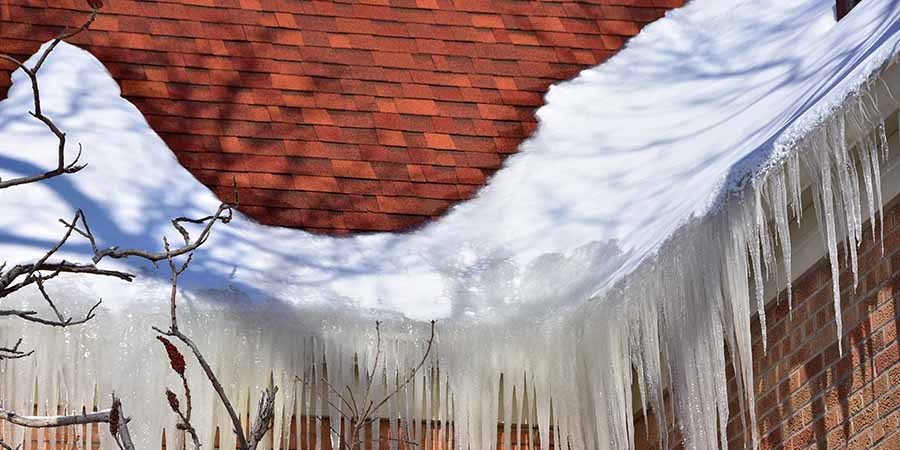
Ice dams refer to accumulated melted water running down the roof and freezing cold eaves.
Identifying reasons and consequences of roof damage resulting from ice dams will help homeowners and property managers evaluate and avoid future damages.
This discussion goes further into issues related to roof damage that results from ice dams and also gives solutions for dealing with them.
Causes of Ice Dams
The creation of ice dams depends on several factors like snow on the building’s rooftop and variations in the temperatures along the roof.
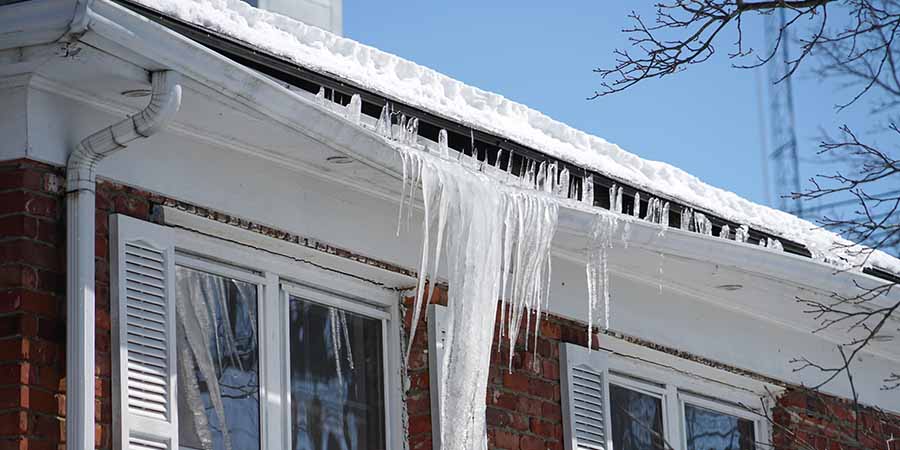
Here are the key causes of ice dam formation:
Inadequate Roof Insulation:
Warm air will easily penetrate through poor attic or roof space insulation into the habited lower areas of the building.
The warm air that comes up heats the roof upon which the snow melts as a result.
Poor Attic Ventilation:
Warm air trapped in improperly ventilated attics contributes to this meltdown as well.
The melted water gets into the eaves that are relatively colder and thus forms these ice dams.
Temperature Variations on the Roof Surface:
The formation of an ice dam on a roof is also caused by different temperatures on the roof surface.
While portions around the warmer parts of the roof, such as the chimney or vent would quickly melt the snow, other parts of the roof like the eaves remained frozen, which resulted in Ice Dam development.
Effects of Ice Dams on Roofs
Damage caused by ice dams may take several forms, including harm dealt to roof’s membrane and its support system.
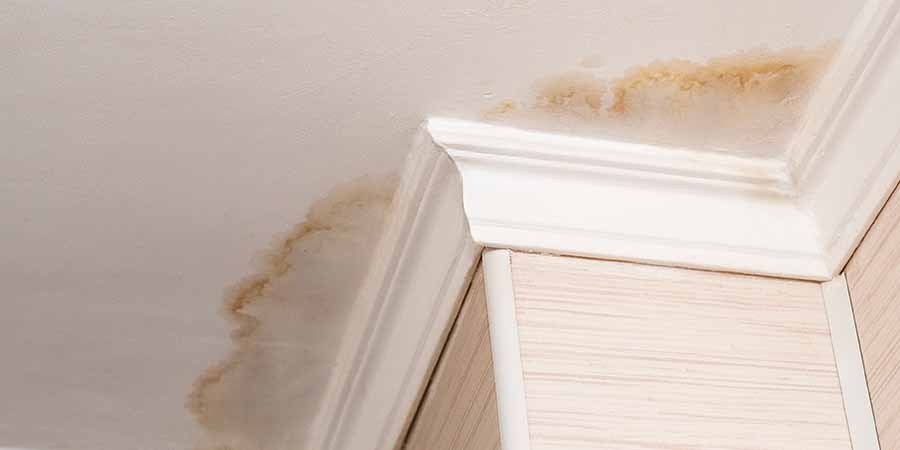
Here are some common effects:
Roof Leaks:
The accumulation of water behind an ice dam blocks proper drainage of melted water which may seep through the underlying roofing material. In this regard, such water infiltration leads to leakages that can destroy the roof structure, insulation, and even the interior parts of a building.
Gutter and Downspout Damage:
This leads to overflowing of gutters and blockage of the downspout due to excess loading of water and weight from the ice dams.
With time, these could bend, sage, and even detach themselves leading to a failed drainage system eventually.
Damage to Roofing Materials:
Ice dams cause repeated freezing and thawing cycles that can destroy roofing systems.
This may cause the shingles, tiles, and other roofing parts to break, dislodge, and hence lead to the exposure of a roof to additional harm.
Structural Damage:
The ignored situation when it comes to ice dams may result in the seeping of water deep within the roof structure and eventually into its structure which may be destructible.
Such can greatly undermine stability and security, for, this may affect stability.
Preventing and Addressing Ice Dam Damage
This requires having appropriate tools that will help you in preventing and dealing with ice dam damage to ensure that your roof remains intact, and free of leaks and other structural problems.
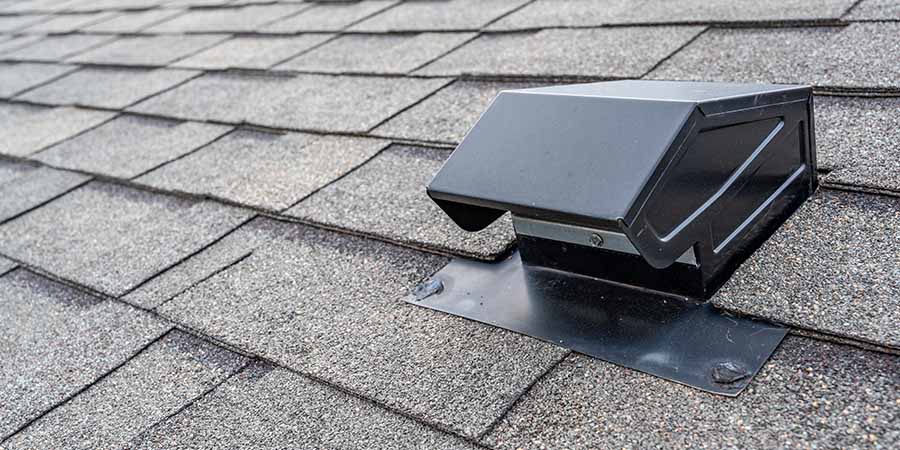
Avoid ice dams by properly insulating your attic or roof space to create uniform temperatures and avoid an even heating of the roof.
Proper venting in an attic enables removing the warm air from a house, which prevents snow melt and the formation of an ice dam on its surfaces.
Removing snow regularly from the roof and careful handling so as not to damage the roofing material can help in preventing ice dam formation.
It creates channels or pathways along the edge of a roof that allows easy drainage of all water before it piles up behind ice dams.
The installation of ice-melting cables and the use of ice-melt products, among other things, may also restrict ice dam growth.
The professional roof inspection will highlight any existing damage or potential vulnerabilities where damaged shingles need replacing or gaps sealed.
Through these initial precautions and quick repairs, homeowners can keep their roofs safe from damage which will last over time and support their houses.
Need Help With Roof Maintenance?
Pro-Tech Roofing services all of northeast Oklahoma, including the communities: Tulsa, Bartlesville, Bixby, Broken Arrow, Jenks, Catoosa, Coweta, Claremore, Collinsville, Glenpool, Grand Lake, Inola, Mounds, Muskogee, Oologah, Owasso, Pryor, Skiatook, Sand Springs, Sapulpa, Tahlequah and Wagoner.
We provide residential roofing services in Tulsa and throughout northeast Oklahoma. View a more complete gallery of Oklahoma roofing projects.
If you need roofing in Tulsa or any Oklahoma community, give us a call at (918) 250-7663 or contact us here.











